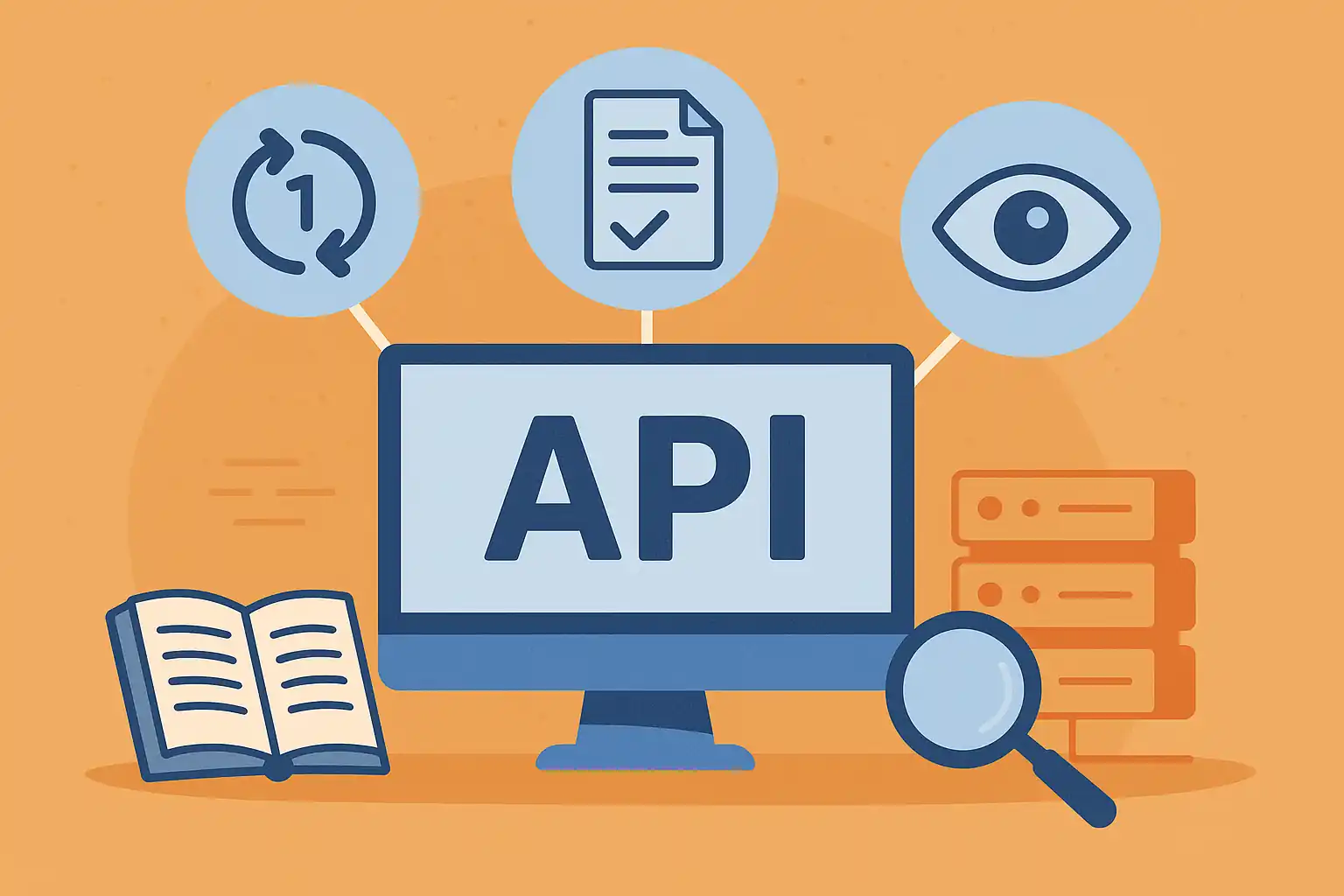
As products grow, APIs must support more features, clients, and traffic,often across multiple teams. Solid versioning, strong contracts, and real observability prevent breakage and speed up iteration.
Versioning , evolve without chaos
Unannounced structural or behavioral changes break clients. Versioning makes change explicit and manageable.
- Path versioning:
/api/v1/users,/api/v2/users– visible and cache friendly. - Query versioning:
/api/users?version=2– stable base path; mind cache behavior. - Header versioning:
Accept: application/vnd.myapi.v2+json– clean URLs, less visible. - Hybrid approach: allow non-breaking evolution, reserve new versions for breaking changes.
Practices: version from day one for major changes; clearly document active/deprecated versions and timelines; prefer additive changes; use flags to gate features by version; track per-version usage to plan deprecation.
Contracts , your API’s promise
Define requests, responses, errors, and validation rules up front so teams can work in parallel and integrations remain stable.
- API-first: design with OpenAPI/Swagger (or GraphQL schema) before implementation; enable mock servers.
- Schema & validation: enforce with JSON Schema/OpenAPI and runtime tools (Joi, Zod, class-validator).
- Errors: use precise HTTP codes (400/404/429/500) and structured bodies (code, message, trace/request id).
- Idempotency: for creates/payments, support idempotent keys to make safe retries.
- Evolution: add optional fields; treat type changes or removals as breaking → bump version.
Observability , see how your API behaves
You can’t improve what you can’t see. Standardize logs, metrics, and traces across services.
- Logs: structured JSON with request/user ids and levels (info, warn, error).
- Metrics: request rate, error rate, latency percentiles (p50/p95/p99), and resource metrics (CPU, DB latency).
- Tracing: distributed traces across services/db/external calls to pinpoint slow or failing segments.
In microservices, a minimum observability contract (shared libraries, consistent fields, common dashboards) keeps teams aligned and accelerates incident response.
How I apply this in projects
- Ran
v1andv2listing search in parallel; tracked usage, then retiredv1safely. - Defined contracts with OpenAPI so web and mobile teams used mocks while the backend was built.
- Instrumented each route with latency/error metrics and trace spans around DB queries and external APIs,bottlenecks surfaced quickly.
Quick wins you can do today
- Pick one live endpoint and assign a clear version (if missing).
- Write or update its OpenAPI definition: request, response, errors.
- Add metrics (count, latency) and structured logs with a request id.
- Trace downstream calls (DB, HTTP) for that endpoint.
- For upcoming changes, classify: non-breaking (evolve) vs breaking (new version).
References
- Ambassador , versioning to avoid breaking clients
- Redocly , balanced versioning strategies and version lifecycle
- Leverture , API-first development in 2025
- Zuplo , logs, metrics, traces as observability pillars
- Research & industry notes on microservice API evolution and tracing patterns
- Superblocks , standardizing org-wide API observability
